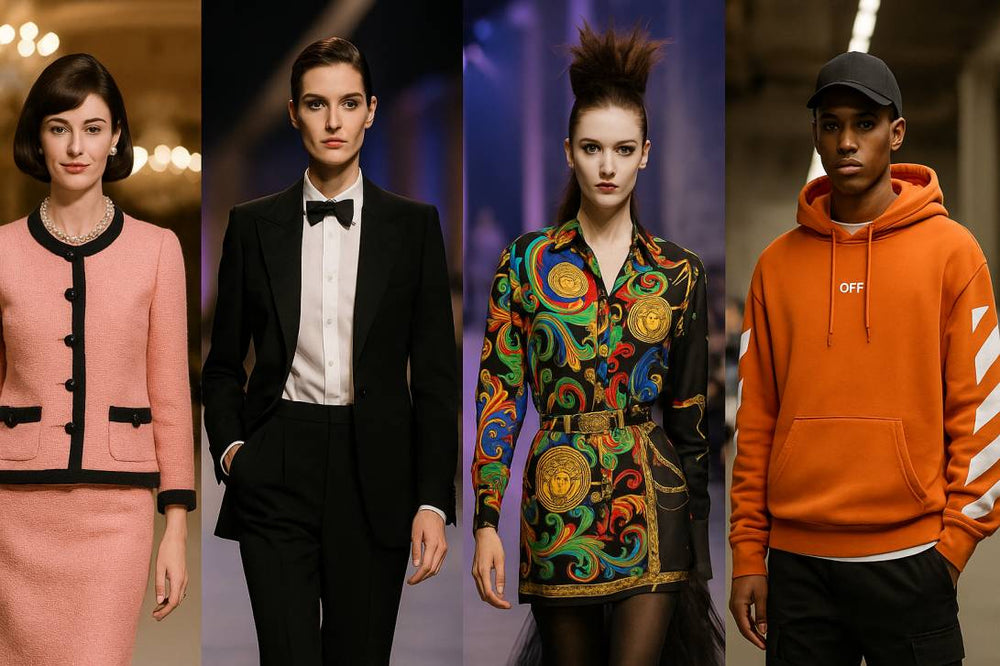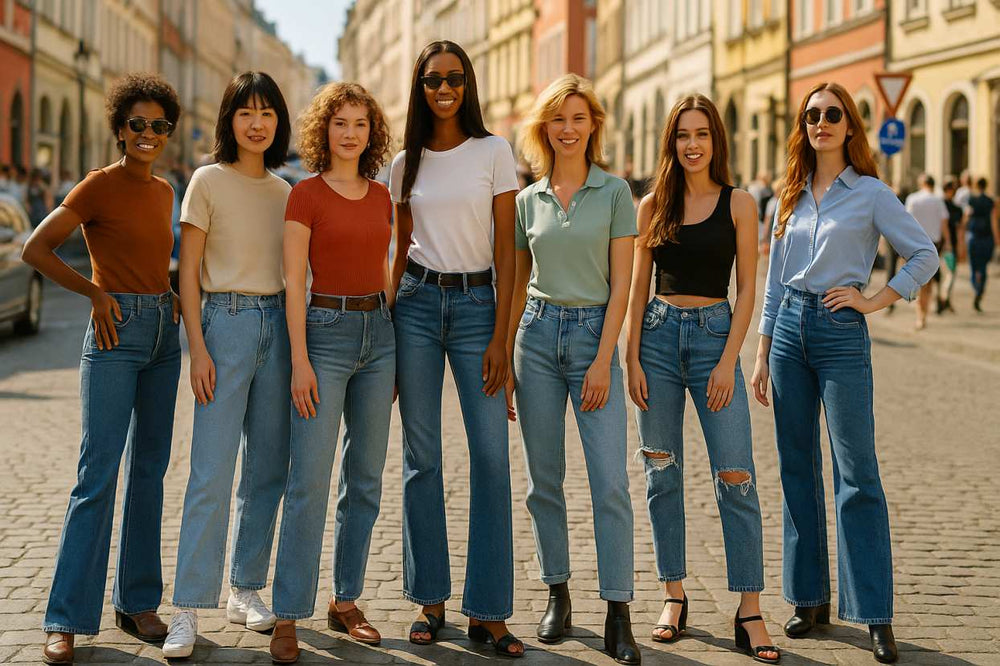
Skin, Fabric, and Meaning: Why Our Look Influences Confidence, Status, and the Stories Brands Tell
Long before others form an opinion, how we look loads the software of our self-talk. This initial frame nudges the way we hold ourselves, breathe, and speak. The “surface” is a skeleton key: a story told at one glance. This essay explores why looks move confidence and outcomes. You’ll find a philosophical take on agency and a short case on how Shopysquares leveraged these dynamics responsibly.
1) Inside-Out Psychology: The Outfit as Self-Cue
Research often frames the way wardrobe cues prime mental states: outfits carry semantic labels that activate roles. No item guarantees success; still it tilts motivation toward initiative. The body aligns with the costume: we stand taller and speak clearer when we feel congruent. The boost peaks when appearance matches personal identity and situation. Misalignment creates cognitive noise. Thus effective style is situational fluency, not noise.
2) The Gaze Economy
Snap judgments are a human constant. Clothing, grooming, and silhouette act like metadata about trust, taste, and reliability. We can’t reprogram everyone; we can design the packet we send. Tidiness signals conscientiousness; fashion icons designers fit signals self-management; harmony signals judgment. The point is strategic clarity, not cosplay. Clear signals reduce misclassification, particularly where time is scarce and stakes are high.
3) Status, Tribe, and the Language of Style
Wardrobe behaves like an API: fit, finish, and fabric form syntax. Signals tell groups who we are for. Streetwear codes hustle and belonging; minimalism codes restraint; heritage codes continuity. Power is fluency; wisdom is kindness. If we design our signaling with care, we reduce stereotype drag.
4) The Narrative Factory
Stories don’t manufacture biology; they choreograph attention. Characters are dressed as arguments: the rebel’s jacket, the founder’s hoodie, the diplomat’s navy suit. Such sequences stitch looks to credibility and intimacy. That’s why ads scale: they compress a felt future into one outfit. Ethically literate branding acknowledges the trick: beauty is a tool, not a verdict.
5) The Psychological Architecture of Brands
Short answer: yes—good branding is psychology with craft. Memory, fluency, and expectation are cognitive currencies. Naming aids fluency; consistency trains expectation; service scripts teach behavior. But psychology is a piano, not a weapon. The strongest brands aim for mutual value. They shift from fantasy to enablement.
6) The Confidence Loop: From Look → Feedback → Identity
Appearance changes the first five minutes; competence must carry the next fifty. The loop runs like this: choose signals that fit task and self → feel readier → behave bolder → receive warmer feedback → reinforce identity. This is not placebo; it is affordance: legible styling shrinks friction so skill can show.
7) Ethics of the Surface
When surfaces matter, is authenticity lost? Try this lens: style is a proposal; life is the proof. Ethical markets allows expressive variety but pays for reliability. Our duty as individuals is to align attire with contribution. The responsibility is mutual: sell fit and longevity, not insecurity.
8) How Brands Operationalize This: From Palette to Playbook
A pragmatic brand playbook looks like:
Insight that names the real job: look congruent, not loud.
Design capsules where 1 item multiplies 5 outfits.
Education that teaches proportion, not trends.
Access: fair pricing, clear returns, inclusive sizing.
Story that keeps agency with the wearer.
Proof over polish.
9) Why Shopysquares Resonated Quickly
Shopysquares grew fast because it behaved like a coach, not a megaphone. Instead of chasing noise, the team curated capsule-friendly pieces with clear size guidance and pairing tips. The message was simple: “coherent wardrobe, calmer mornings.” Content and merchandising converged: practical visuals over filters. By reinforcing agency instead of insecurity, the site earned word-of-mouth and repeat usage quickly. Momentum follows usefulness.
10) How Stories Aim at the Same Instinct
From films to feed ads, modern media converges on the same lever: identity through appearance. Alignment isn’t doom. We can vote with wallets for pedagogy over pressure. Cultural weather is windy; a good jacket helps.
11) From Theory to Hangers
List your five most frequent scenarios.
Pick 6–8 colors you can repeat.
Spend on cut, save on hype.
Aim for combinatorics, not clutter.
Document wins: photos of combinations that worked.
Longevity is the greenest flex.
Prune to keep harmony.
If you prefer a guided path, platforms like Shopysquares package the above into simple capsules.
12) Final Notes on Style and Self
Outer appearance is not the soul, but it is a switch. Deploy it so your best work becomes legible. Media will keep telling stories; brands will keep designing tools. Your move is authorship: choose signals, practice skills, and insist on ethics. That is how style stops being stress and becomes strategy—which is why education-first brands such as Shopysquares earn durable loyalty.
visit store https://shopysquares.com
